
Your bird produces feather dust and dander that is a perfectly normal part of its growth and development. At best it's a bit of a nuisance, and at worse it can be a powerful trigger of allergies and asthma. Here are 6 answers to questions about bird dust that will help.
Why does my bird produce dust?
Feather dust is a fact of life if you have a bird. Birds have various kinds of feathers that they care for daily. The process of using their beak to clean, adjust, and smooth feathers is known as preening.
During this process, oily secretions rich in a precursor of Vitamin D are distributed from the Preening Gland and serve to waterproof feathers, help fight off bacteria, and aid in keeping beak, feathers, and skin healthy.
However, as the beak is pulled through the feathers, the dried keratin that coats new feathers is cast off along with weaker pieces of feathers big and minuscule; all are sent airborne and are responsible for some of the dust you may be seeing. And this dust is released not just during preening, but during normal play, exercise, and flight both in and outside the cage.
Are there some birds that are dustier than others?
Cockatoo, Cockatiel, and African Grey Parrots are called powder down birds because they produce significantly higher amounts of this dust than others birds.
How does this dust affect birds?
Prolonged exposure to significant amounts of bird dust is unhealthy for birds. Birds have very small air passages that can become clogged very easily. Clogging of these airways can and does lead to disease and infection which reduces your bird's potential life span.
In the wild this dust would dissipate, but in captivity, unless the dust is removed from the air, your bird is in jeopardy.
Is breathing the dust harmful to humans?
Prolonged and constant exposure to bird dust is unhealthy for humans because your lungs are forced to filter a staggering number of particulates from the air. Many diseases (Bird-Fanciers Lung) are a result of prolonged exposure to the dust. Bird diseases that can be transmitted to humans (Psittacosis) use the dust as a carrier making inhalation easy and you more susceptible.
And since many allergists believe birds are the pets most people have sensitivities to, this dust can be a constant source of sneezing, wheezing, congestion, watery eyes and other disruptive symptoms for an allergy or asthma sufferer.
Are there dustless birds?
All species of birds produce feather dust. So there is no way to avoid bird dust unless you remove it from the air.
How can I remove this dust from my home?
There are a number of things you can do that will help. Dust with a damp cloth to trap it rather than send it airborne again. Use a HEPA vacuum that will trap rather than spread the dust. Check with your avian vet about bathing your bird.
Use linoleum, tile, or other hard flooring materials, and blinds rather than draperies in the room where the bird spends most of its time. These materials trap less dust, and are easier to clean.
Use a high efficiency particle arresting (abbreviated as HEPA) air purifier and let it remove the dust 24 hours a day to keep you and your bird healthy.
You can greatly reduce the bird dust in your life starting today with the air purifier at http://purerair.com/bird_dust_air_purifier.html
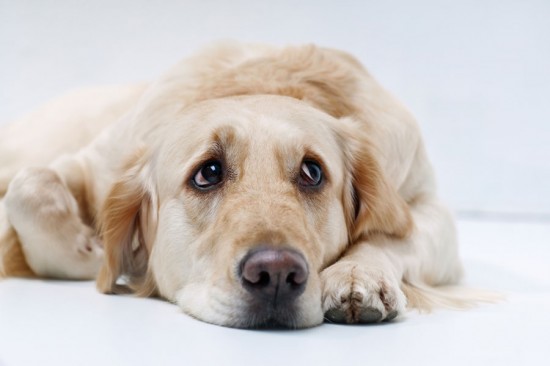 Common Dog Health Problems & How To Deal With Them
Common Dog Health
Common Dog Health Problems & How To Deal With Them
Common Dog Health
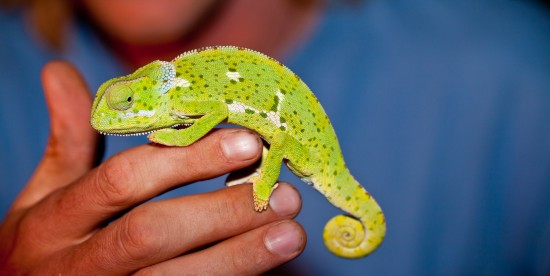 Common Skin Disorders Seen In Reptiles
Common Skin Disor
Common Skin Disorders Seen In Reptiles
Common Skin Disor
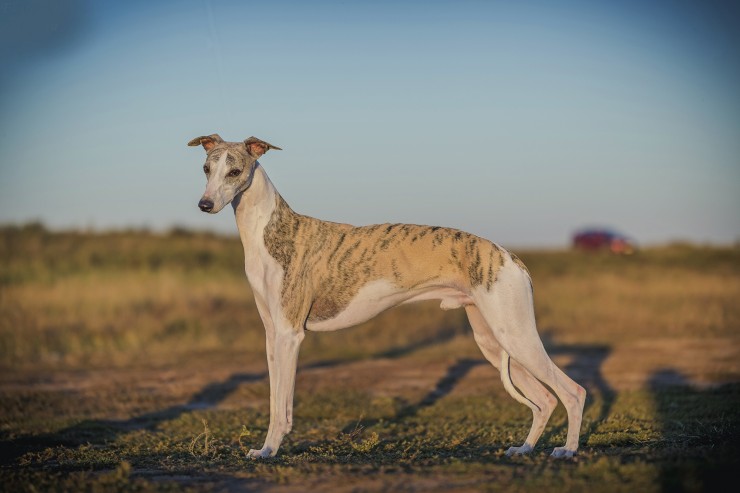 Spotlight On The Whippet - Crufts Best In Show Runner-up
Spotlight On The
Spotlight On The Whippet - Crufts Best In Show Runner-up
Spotlight On The
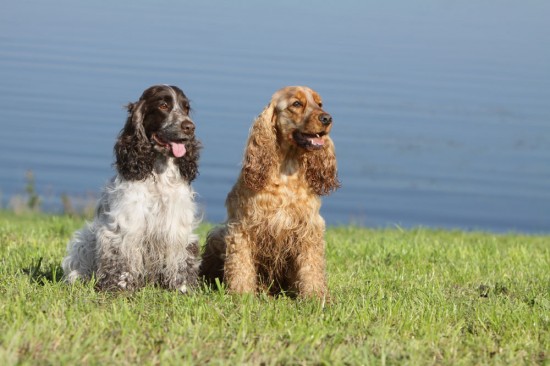 Working And Show Type Cocker Spaniels
Working And Show
Working And Show Type Cocker Spaniels
Working And Show
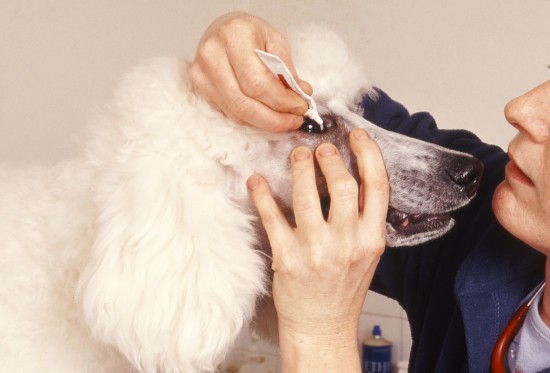 How To Administer Eye Drops Or Eardrops To Your Dog
How To Administer
How To Administer Eye Drops Or Eardrops To Your Dog
How To Administer
Copyright © 2005-2016 Pet Information All Rights Reserved
Contact us: www162date@outlook.com